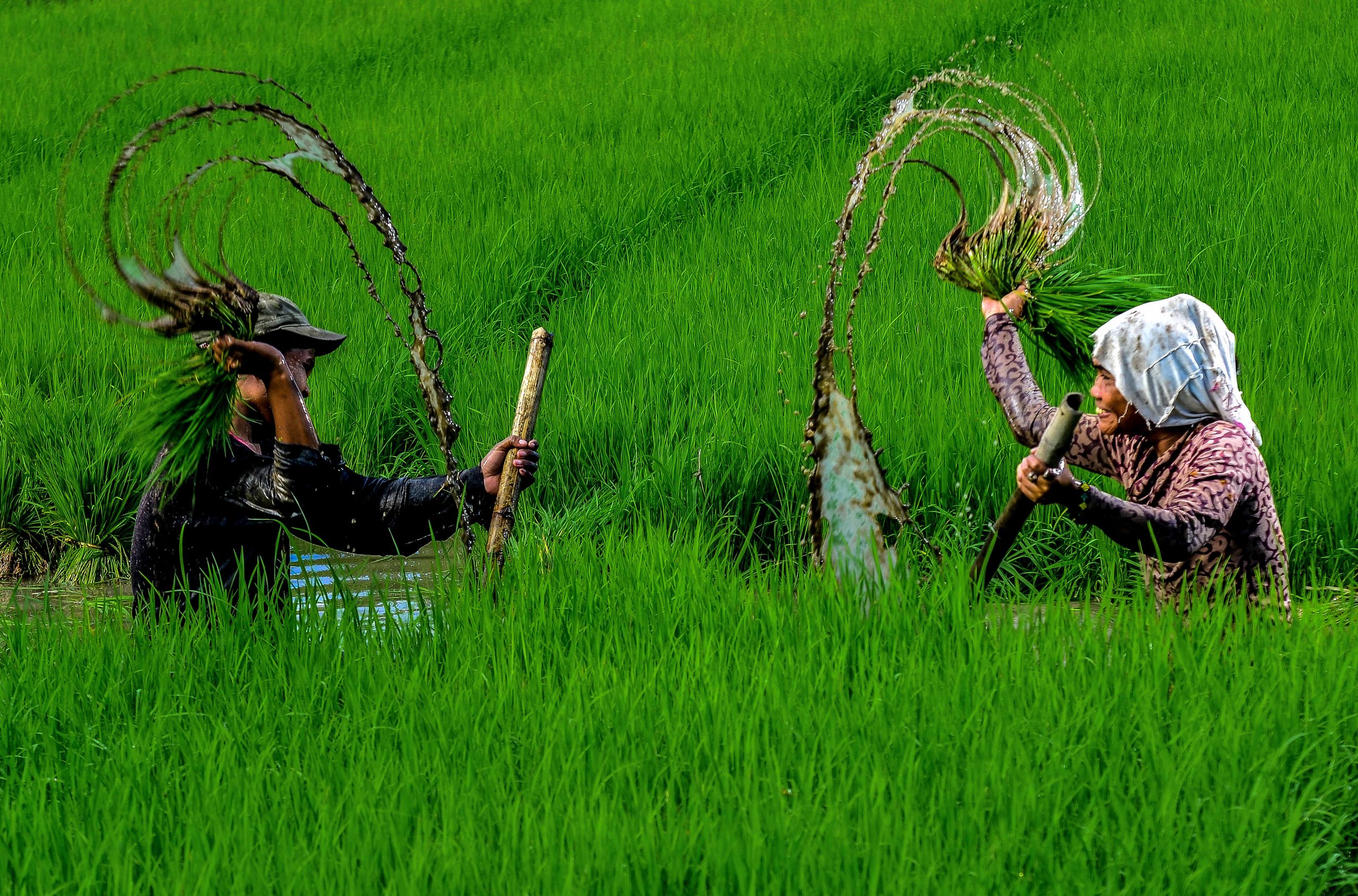
Despite the positive growth of the crops and poultry sub-sectors, at 3.1 percent (%) and 2.5%, respectively, during the second quarter (Q2) of the year, these were not enough to pull up the overall performance of the agri-fishery sector, which dipped by 1.5%, according to the Philippine Statistics Authority (PSA).
The negative growth was attributed to the respective decline in the value of livestock and fisheries production, at -19.3% and -1.1%, respectively.
“Expectedly, the livestock sub-sector, particularly the swine industry, has pulled down our composite agri-fishery performance, due to the African Swine Fever, whose incidence is already waning,” Agriculture Secretary William Dar said.
“Rest assured that we will continuously and vigorously implement the Bantay ASF sa Barangay and its twin hog repopulation program, in partnership with the local government units (LGUs), hog raisers’ groups and the private sector to revive the country’s swine industry,” the DA chief said.
“In fact, several ASF-affected areas in Batangas were recently declared free from the disease, and many more will follow suit,” he added.
“A favorable development that we are awaiting by end of August is the initial report on the efficacy of the ASF vaccine that we are testing in various commercial farms in Luzon,” Secretary Dar said.
“Further, what is worth highlighting is the record palay production during the first semester, at 8.8 million metric tons, the highest in the country’s history,” he said. It was 4.9% more than in 2020, for the same six-month period, according to the PSA.
“With this palay output, we are confident to reach our 2021 target of more than 20 million metric tons, barring strong typhoons in the second semester,” the DA chief said.
The PSA said the crops sub-sector, which contributed 56% to total agriculture output for Q2 2021, was bannered by palay and corn, which grew by 1.2% and 6.3%, respectively.
“We expect the poultry subsector, which shared 13.5% to total production, to further rebound once the economy opens up in the second semester, given the increased demand during the Christmas holidays,” he added.
Despite the decrease in the value of hog production, other livestock commodities — like cattle, carabao, and goat — registered respective increases in volume of production.
While the fishery subsector, which contributed 16.1% to agriculture output, decreased by 1.1%, two major fishery commodities like bangus and tilapia registered respective increases in production, during Q2 2021.
“We are also preparing countermeasures for the upcoming closed fishing season in the fourth quarter of the year by investing in aquaculture production, such as nurseries and hatcheries for bangus, tilapia, and shrimps,” Secretary Dar said.
Finally, in the remaining months of President Duterte’s administration, he said the “OneDA” family — in partnership with the LGUs, private sector, and farmers’ and fishers’ groups — will vigorously pursue the following imperatives:
- Intensify Plant, Plant, Plant Program;
- Upscale urban and peri-urban agriculture;
- Establish more Kadiwa outlets;
- Engage more youth in agripreneurship;
- Complete updating of commodity industry roadmaps;
- Further strengthen partnerships with state universities and colleges in research for development and technology transfer;
- Scale-up digital agriculture;
- Finish big-ticket infrastructure projects;
- Implement Province-led Agriculture and Fishery Extension Systems (PAFES) nationwide; and
- Complete Farmers’ Registry. ### (DA StratComms)














